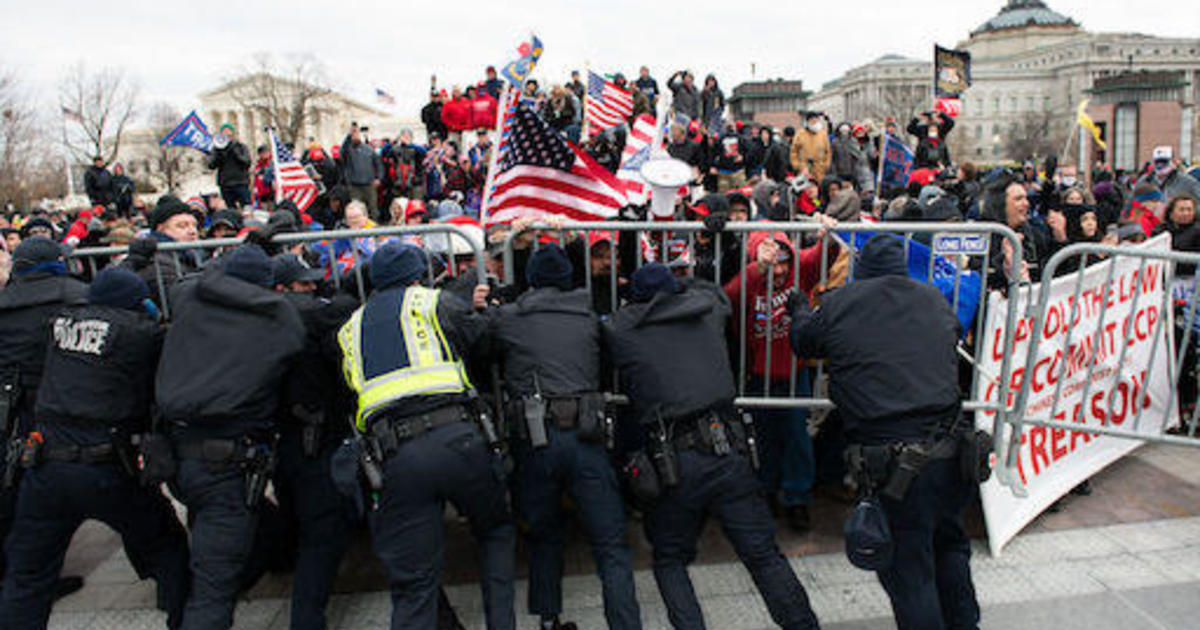
On February 3, 2024, a federal judge in Washington, D.C., found Ryan Samsel and four co-defendants guilty of assaulting police officers during the January 6th attack on the Capitol.
Samsel was one of the first individuals to confront the police outside the Capitol and breach a restricted perimeter on the grounds, paving the way for other rioters to storm into the area. Prosecutors have said that Samsel ignited a fire that burned for over four hours at the Capitol along with his co-defendants.
Samsel was found guilty of assaulting police officer Caroline Edwards who suffered a concussion during the attack, and convicted on felony counts of civil disorder and obstruction of an official proceeding. Co-defendant Stephen Chase Randolph was also found guilty of assaulting Officer Edwards while James Tate Grant, Paul Russell Johnson, and Jason Benjamin Blythe were convicted for assaulting another officer.
The five men were accused by federal prosecutors of leading 'the first breach' on January 6th. The attack is seen as one of the key events that led to hundreds more people breaching the grounds and ultimately entering into building itself, marking a significant moment in the storming of the Capitol.
The guilty verdicts were handed down by U.S District Judge Jia Cobb in one of the first and highest-level prosecutions stemming from the January 6th attack on the Capitol. The trial was held for five men who were accused of leading 'the initial attack' on the Capitol, with Samsel being identified as a key instigator.
Officer Caroline Edwards testified at trial against the five defendants and provided memorable testimony before the House January 6th select committee where she described the attack as akin to a war scene. She suffered injuries during her encounter with Samsel when he forcefully removed a police barricade, throwing her back and causing her head to slam twice - first against a metal handrail, then against the stairs. This resulted in Edwards losing consciousness and suffering from a concussion.
The jury found all five defendants guilty of assaulting officers and other charges including civil disorder but acquitted them on some counts. The verdicts are significant as they come more than three years after the attack, with over 1,260 people accused in connection to it.

